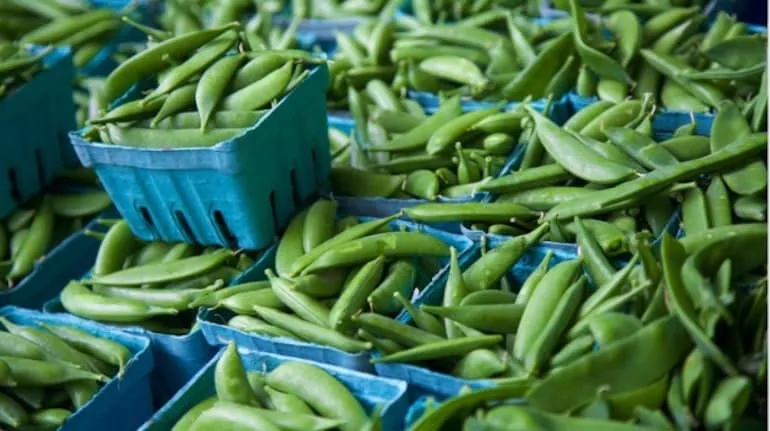Nowadays farmers have started cultivating various new crops by moving beyond traditional farming. Pea cultivation has become a great option in these. Pea is an important vegetable grown in winter, which has a huge demand in the market. Due to its increasing demand, it is proving to be a profitable crop for farmers. Pea cultivation requires good drainage fertile soil. This vegetable is known for its freshness and sweetness and sells at a good price in the market. Farmers can earn good profits in a short time by adopting the right techniques and appropriate varieties.
Farmers are getting good profits due to pea cultivation
Harishankar Verma, a farmer of Fatehabad village in Barabanki district, has earned good profit from pea cultivation. In a conversation with Local 18, he said that he cultivated peas in two bighas and earned a profit of about 60,000 to 70,000 rupees. Harishankar also cultivates other crops such as tomatoes, garlic and onion, which has good income.
Better production than Toyota Pea variety
Harishankar Verma cultivated the “Toyota” variety of peas, which gives more production than other varieties and has more sweetness. Due to this, its demand and price in the market is high. This variety is ready in only 15 days, which gives farmers a chance to make a quick profit.
Easy process of pea cultivation
Pea cultivation is very easy. Its cultivation process is completed in the following stages:
- Land preparation: The soil is made brittle by plowing the field two to three times.
- Use of compost: Soil fertility is increased by adding cow dung.
- Sowing: Line to line is sown from khurpi, which gives the plants the right place.
- Irrigation: Irrigation is done as required after plants grow in 15 to 20 days.
- Crop harvesting: In about 55 to 60 days, pea beans are prepared, which farmers can sell in the market.
More profits in less time
Pea cultivation is proving to be a profitable option for farmers, as it is prepared in a short time and its continuous demand remains in the market. By adopting the right agricultural techniques, farmers can get more production and profits from this crop.
